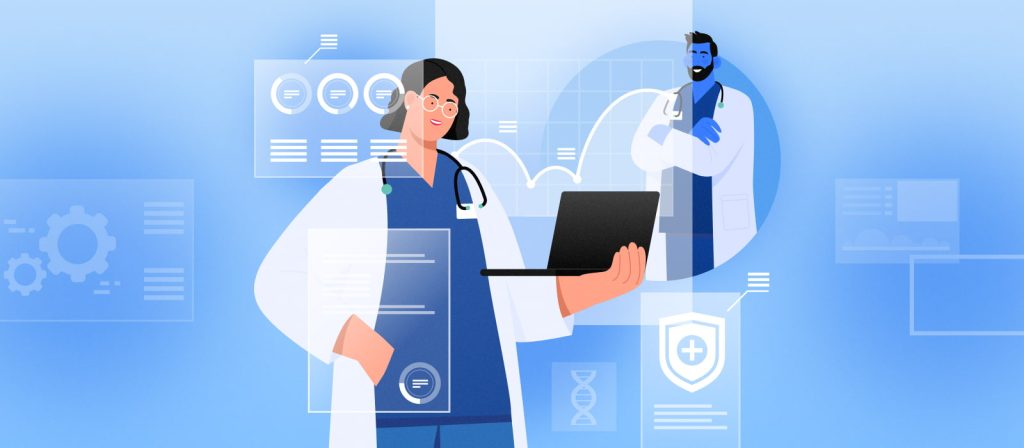Emerging Technologies and New Players in Healthcare Interpretation
In the fast-evolving landscape of healthcare, ensuring effective communication across languages is no longer optional—it’s essential. Interpretation services are at the heart of this mission, and emerging technologies, along with new players, are transforming how language barriers are overcome in medical settings.
This newsletter explores cutting-edge technologies, the key players leading these advancements, and answers pressing questions about the future of healthcare interpretation.
Emerging Technologies Revolutionizing Healthcare Interpretation
1. Artificial Intelligence and Voice Recognition
AI is reshaping healthcare communication by offering faster and more accurate solutions:
- Real-time transcription: Tools like Amazon Transcribe Medical process spoken language into text, streamlining documentation.
- Automated translation: Deepgram integrates AI models for near-instant translations, crucial in emergencies.
Impact: These technologies reduce wait times and enhance accuracy, especially in multilingual or high-stress environments.
2. Mobile Interpretation Apps
Portable solutions are empowering healthcare professionals and patients alike:
- Stratus Video and LanguageLine Solutions apps connect users to live interpreters instantly.
- Accessibility is enhanced for fieldwork and home healthcare visits.
Impact: Patients in remote or underserved areas can access language support on demand, improving care quality.
3. Remote Video and Telehealth Interpretation
The rise of telehealth has spurred demand for integrated interpretation solutions:
- Platforms like Martti and Zoom for Healthcare offer seamless video remote interpreting (VRI) integration.
- These services support medical consultations, ensuring inclusivity during virtual visits.
Impact: VRI enables real-time communication between healthcare providers and patients, regardless of location or language.
4. Wearable Devices with Interpretation Features
Some healthcare providers are experimenting with wearables that offer interpretation, such as smart glasses that display real-time translations.
Impact: This technology reduces reliance on external devices and makes communication more intuitive.
New Players in the Industry
The interpretation sector is no longer dominated solely by established giants. Startups are emerging with fresh perspectives and innovative solutions:
- LinguaCare: Focuses on comprehensive medical interpreter training, ensuring precise use of medical terminology.
- MediAI Translate: Combines machine learning with medical data to offer context-specific translations tailored for healthcare.
- SignMed Connect: Specializes in video remote interpretation for American Sign Language (ASL), addressing the Deaf and hard-of-hearing community’s unique needs.
These new players are not only addressing gaps but also bringing creative, technology-driven approaches to the table.
Questions
Q1: Are AI tools replacing human interpreters in healthcare?
A: No, AI complements human interpreters by handling repetitive tasks and assisting in emergencies where live interpreters are unavailable. However, for complex or sensitive interactions, human interpreters remain irreplaceable due to their cultural understanding and nuanced communication skills.
Q2: How does VRI differ from over-the-phone interpretation (OPI)?
A: VRI includes video, which allows interpreters to pick up visual cues, body language, and gestures, making it ideal for medical settings. OPI, while effective for audio-only communication, lacks this layer of interaction.
Q3: What languages are most commonly supported by these technologies?
A: Most platforms support widely spoken languages like Spanish, Chinese, and French. However, specialized services are increasingly catering to less common languages and ASL to ensure inclusivity.
Q4: Is healthcare interpretation compliant with privacy regulations?
A: Yes, established platforms prioritize HIPAA compliance to ensure patient confidentiality and data security.
Conclusion
The fusion of emerging technologies and innovative players is transforming healthcare interpretation, making it faster, more inclusive, and adaptable to diverse needs. These advancements are bridging communication gaps, ensuring better patient outcomes, and addressing critical disparities in care for multilingual and Deaf communities.
As we look to the future, the integration of AI, mobile platforms, and telehealth will continue to drive progress, making healthcare interpretation an indispensable ally in global health.
Stay tuned for future updates on how technology is reshaping healthcare communication. If you have questions or topics you’d like us to explore, let us know!



